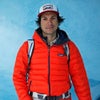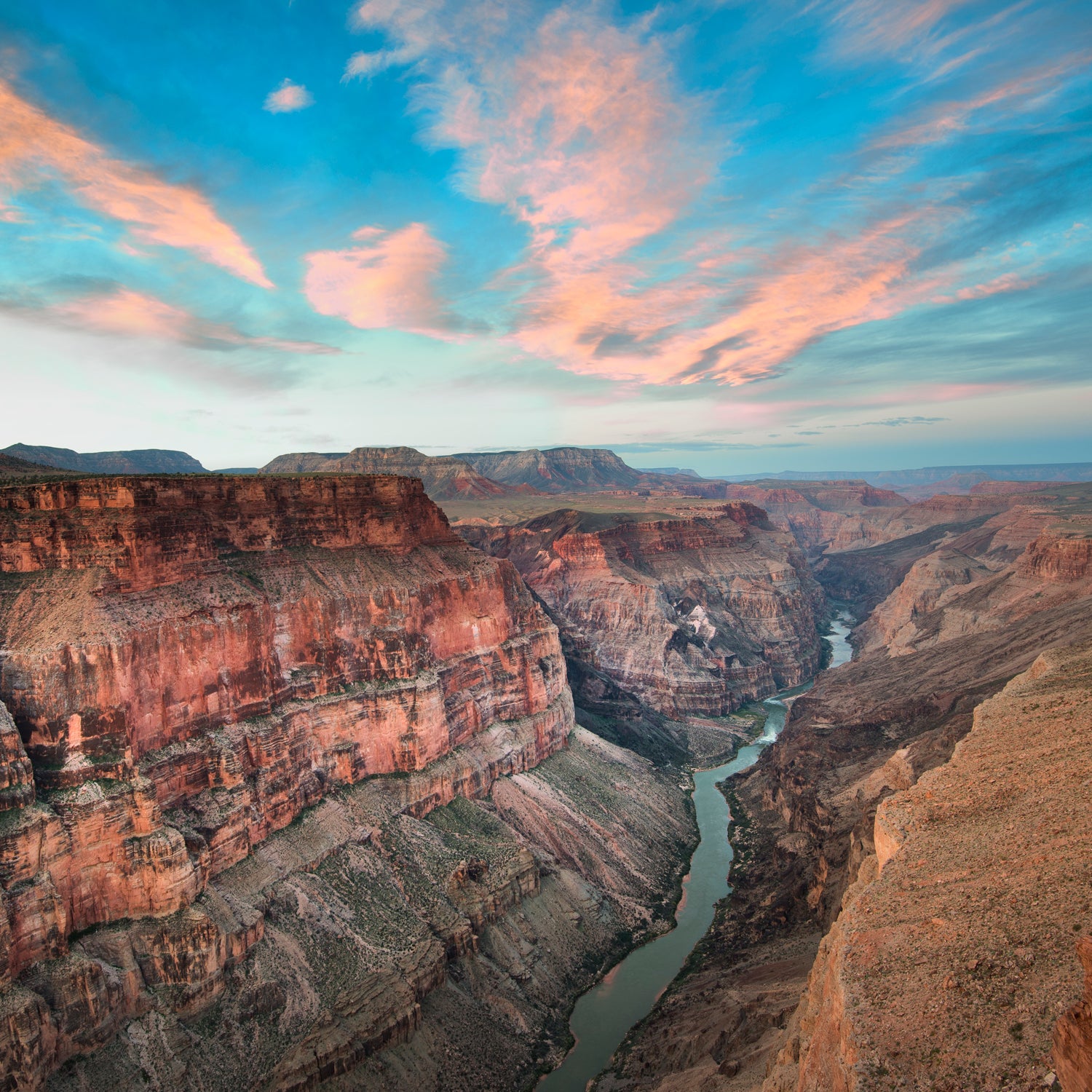On December 7, during a Colorado River float trip through the Grand Canyon, �����ԹϺ��� editor at large Tim Cahill suffered a cardiac arrest. He survived an extremely perilous episode and was flown by helicopter to a hospital in Flagstaff, Arizona, where he was treated and then released on December 11.
Cahill is one of the country’s most popular and prolific adventure writers, and his association with this magazine dates back to the very beginning. Starting with the first issue of �����ԹϺ���, in 1978, he established a vibrant new voice—a witty mix of reporting, literary travel writing, humor, and self-deprecation. Cahill’s column, Out There, was an �����ԹϺ��� staple for two decades and included everything from an exposé of turtle slaughter in Mexico to a vicious and hilarious personal attack against the National Park Service’s Woodsy Owl, whom he called a “noxious muppet.” Much of his �����ԹϺ��� work was later collected in popular hardcover anthologies, including and .
The Grand Canyon incident occurred on the 14th day of the trip, at Lava Falls, one of the Colorado’s most treacherous rapids. The group numbered 16 people and included five rafts and a handful of kayakers; Cahill was a passenger in the final raft to make the run. The line through Lava Falls requires entering on the right side of the river and then pulling with the oars to get to the left to avoid a nasty hydraulic at the bottom. Near the top of the rapid, oarsman Bill Hobbins angled the boat to begin his move across the current, but he hit a series of curling waves. Cahill, who is 71, jumped to the side of the boat as it listed out of the water—a technique known as high-siding—but was flung overboard instead.
“It’s Lava Falls,” says Cahill, who has been recuperating in Death Valley, California, before heading back to his home to Livingston, Montana. “No amount of skill or strength or fervent prayer is going to stop the occasional swim at that particular rapid.”
Hobbins, worried that he might hit Cahill with an oar, stopped rowing, lost control of the boat, and drifted into a large hydraulic that ejected him, though the empty boat remained upright. Cahill, clothed in rain gear, quick-dry long underwear, and neoprene socks, began to frantically swim down the right side of the rapid. “I was a swimmer for four years at the University of Wisconsin,” says Cahill, who now believes that struggling may have made things worse. “In a desperate water situation, I just swim.” Harry Butler, an engineer and kayaker from Wisconsin who organized the trip, thinks Cahill swam roughly 250 yards.
“It was very beautiful inside the waterfall,” Cahill says. “There were round circles and circles falling off of ovals. It’s really like being in an underwater kaleidoscope.”
As Cahill swam, he occasionally inhaled big gulps of river water. At the bottom of the rapid, he grabbed onto the stern of a kayak that helped pull him into an eddy where two rafts were waiting. “The raft was in an eddy,” Cahill says. “I’m holding onto the outside of the raft, and I see another raft coming toward me driven by the current.” That would be an alarming sight: a fully loaded Grand Canyon oar rig is typically 18 feet long and weighs at least 2,000 pounds.
“As I saw that thing coming for me, I ducked under and swam,” Cahill recalls. “Here was my major mistake. The eddy is water coming back upstream. I tried to swim under the boat, so I was swimming against the eddy current. I was swallowing a lot of water, and I couldn’t get out from under it because I was swimming the wrong way.”
When Cahill finally resurfaced, Rachel Butler and Justin Kleberg pulled him aboard and rowed across the river to Tequila Beach, a sandy spot where groups often celebrate successful runs through Lava Falls.
“That was when I caught up with him,” says Butler. “He was conscious at that point—exhausted but fully coherent.”
Cahill remembers getting out of the raft and taking three steps up a crumbly bank, sitting on a mound of sand, and being handed a celebratory beer. “I don’t recall if I ever got that beer opened,” he says. At that point, without any premonition or dizziness, he blacked out. “I saw no bright light, no beckoning figures, no pearly gates,” Cahill says. “Just nothing.”
According to Butler, Cahill quickly stopped breathing and turned “blue, then purple, then gray.” Justin Kleberg, a Wilderness EMT, along with Steve Smitts, a registered nurse, immediately started working to save him, using chest compressions and rescue breaths. Meanwhile, a team member, Ralph Lee, used a satellite phone to call the Park Service.
Because the group was still deep inside the canyon, Lee had only about 30 seconds of reception, enough to give the dispatcher their coordinates and report that they had an unresponsive person in their party. After about four minutes, Dan Laham, another boater in the party, checked Cahill for a pulse and said he could feel something. Cahill soon began breathing on his own and regained consciousness.
“When I started coming to, I hadn’t even realized that I was out. Apparently I said, ‘Stop poking me,’” says Cahill, who awoke to find his friends gathered around him at close range, Kleberg having just finished with his chest compressions.. “He was doing it right, because he busted all my ribs.”
Around this time, another satellite came into range over the canyon’s narrow rim, which allowed a longer connection to the Park Service. In emergency parlance, calling somebody unresponsive tends to mean they’ve died. So initially the dispatcher thought there was no rush.
The odds of surviving a cardiac arrest in the field, with only CPR and rescue breaths for resuscitation, are very low. This time, when Lee reported that Cahill had regained consciousness, the Park Service scrambled a helicopter. Forty minutes later, Cahill was on his way to Flagstaff Medical Center.
It’s hard to say exactly what caused Cahill to go into cardiac arrest, but cold water, shock, exhaustion, and water inhalation could have been contributing factors. Tests performed at the Heart and Vascular Center of Northern Arizona showed only slightly elevated levels of troponin proteins and the enzyme creatine kinase, which the heart muscles release into the bloodstream in great quantities during an attack. Slightly elevated levels are consistent with somebody who has had CPR performed but has not actually suffered a heart attack. More likely, what caused Cahill’s heart to stop was a respiratory event. That is, he probably drowned.
Though Cahill sustained several cracked ribs from CPR, he was in high spirits in Death Valley. “It’s a good place to contemplate mortality and commit various degrees of philosophy,” he says.


